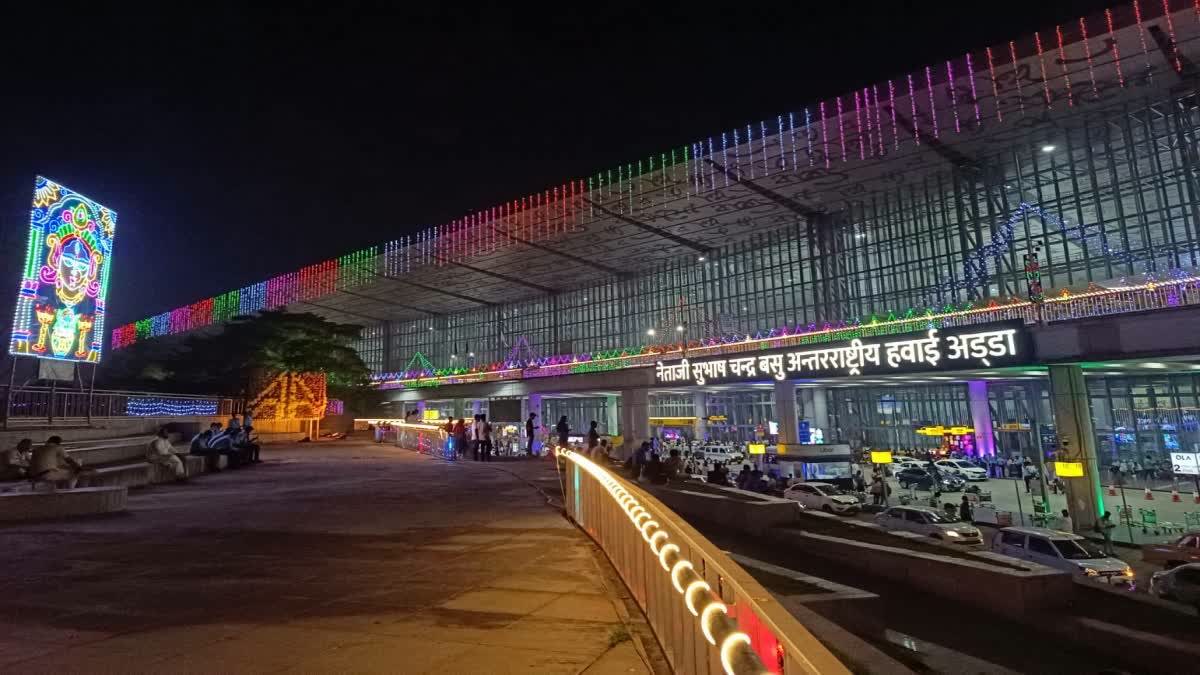Kolkata: A moment comes, which comes but rarely in history, when we step out from the old to new, when an age ends — these immortal lines uttered by Pandit Jawaharlal Nehru in his Tryst With Destiny speech ricochets perfectly with the chequered history of the Kolkata International Airport.
Turning a page in aviation history, the Netaji Subhas Chandra Bose International Airport (NSCBAI) will celebrate the centenary of flight operations, the Airports Authority of India (AAI) announced on Sunday. The first flight took off from this airport, then known as Dumdum Airport, in 1924 when Calcutta had to wait for another 77 years to be rechristened Kolkata.
The aerodrome — used as a stopover at that time — metamorphosed into a global hub in the aviation topography. According to sources at the airport, the centenary celebrations will start in the third week of December and continue till March, next year. West Bengal Chief Minister Mamata Banerjee and union aviation minister Kinjarappu Rammohan Nadu are expected to adorn the historic moment.
Prabhat Ranjan Beuria, director of NSCBIA, said a slew of events like exhibitions, cultural functions, signature campaigns and panel discussions have been lined up for the event.
The airport took the first leap in 1900 as an aerodrome and by 1924 turned into an international hub when KLM Airlines chose it as a stopover for its Amsterdam to Batavia (now Jakarta) flight services. The touch-down of Royal Airforce aircraft and French pilot Pierre Dorcy on May 2 etched the airport into history. The year was also witness to the maiden nocturnal flight operations when an aircraft from Amsterdam landed on November 14 on a torch-lit runway.
Being adjacent to the Dumdum Royal Art Gallery in the Colonial era, its importance grew exponentially as flights connecting North America, Europe, and Asia stopped over there.
In 1929, Stanley Jackson, then governor of Bengal, inaugurated the Bengal Flying Club in the airport complex which increased its stature.
The airport also became an important destination for commercial flights in the post-World War II phase with the arrival of Aeroflot, Air France, and PanAm flights between 1940 and 1960. However, its significance as a stopover gradually started to wane in the 1960s.
The comeback phase came in the 90s when it became the main international and domestic airport with a paradigm shift taken towards modernisation. The new domestic terminal in 1995 was a testament to the rapid growth of the aviation sector. The offering of cheap air travel in 2000 registered a rise in the number of flyers which inspired a complete degradation plan which encompassed the construction of a new terminal, extension of runway and other upgrades. The construction of the new terminus began in 2008 and was inaugurated in March 2013.
The centenarian airport, named after the bravest revolutionary of Bengal, reminds one of its historic importance as a mediator in international flight operations.
Also Read:



